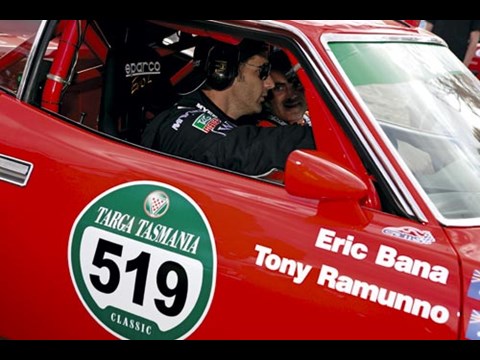

In Beauty we are given the good advice to look beyond misleading, superficial appearances in our search for happiness. The strength of the tale, and perhaps the reason for its enduring popularity, is that it encourages us to identify with both the central characters. Reinventing a classic: The Shape of Water updates the age old beauty and the beast dynamic Credit:

More recently, in 2011 the story was given another polish and reimagined as a modern love story set in contemporary New York in Beastly, which starred Alex Pettyfer as a vain rich boy transformed into a scarred, tattooed uggo. Its smash-hit version became the first full-length animated film to receive an Oscar nomination for best picture in 1991, and rescued the foundering Mousedom’s finances. Released in 1946 it deployed state-of-the-art special effects and Cocteau’s sublime visual sensibility to deliver an utterly immersive telling of the fairy tale.įifty years later the story even saved the Walt Disney Company, then struggling for survival after a string of flops. The most famous cinematic version is undoubtedly Jean Cocteau’s shimmeringly beautiful La Belle et la Bête. Its noble central message, that true beauty is an inner quality, and that we mustn’t be seduced by misleading outward appearances, has appealed to ugly duckling audiences for centuries. But its appeal obviously goes beyond preparing virginal French aristos for nasty surprises dans le boudoir. The story has thus been interpreted as a primer for young brides about to enter arranged marriages, with the “beastliness” standing in for the groom’s perhaps unexpected sexual demands. Production: Whyte House Prods.I wanted to create a new type of Beauty and the Beast in which the beauty is someone you can relate to, not a perfect princess Guillermo del Toro

Phil, who indulges a rapt Bana with a bit of therapy about his attachment to the Beast.īana’s easygoing manner and a lingering sense of nostalgia build a mellow mood overall, while shrewd editing by Conor O’Neill and a rocking Aussie soundtrack pump up the volume on the race sequences. The dramatic arc of the film, such as it is, follows Bana’s decision to regroup with his lifelong friends and restore the car to enter it in 2007’s Targa Tasmania Rally, a taxing five-day motor race that, for Bana, ends in disaster.Īlong the way we hear from fellow car nut Jay Leno Britain’s “Top Gear” host Jeremy Clarkson and, perhaps most marginally, Dr. The Bana family garage was a clubhouse, with a 15-year-old Eric and his three closest mates gathered around the “campfire” that was his beaten-up, second-hand Ford. We’re introduced to the Beast of the title via some grainy footage that highlights the car culture of the 1970s, before muscle cars and V8 engines became anathema to an emissions-conscious planet. But a few laps of the festival circuit, following its international premiere at Tribeca, probably will see it run out of gas before it hits offshore theaters. “Beast” became the third-highest-grossing Aussie documentary upon its domestic release, perhaps because of the country’s affection for its affable native son. So the Hollywood star and motor racing enthusiast takes us on a meandering journey through his shared history with the car, dotted with barely relevant detours and are-we-there-yet moments. He sincerely believes this story must be told, that his quasi-religious fervor for his beloved machine will, if not exactly convert non-revheads, at least help them understand how such an emotional bond can exist. Except that the immensely likable Australian actor seems incapable of conceit. SYDNEY - Eric Bana’s directorial debut “Love the Beast,” documenting a quarter-century love affair with his 1974 Ford Falcon coupe, could easily be dismissed as a vanity project.


 0 kommentar(er)
0 kommentar(er)
